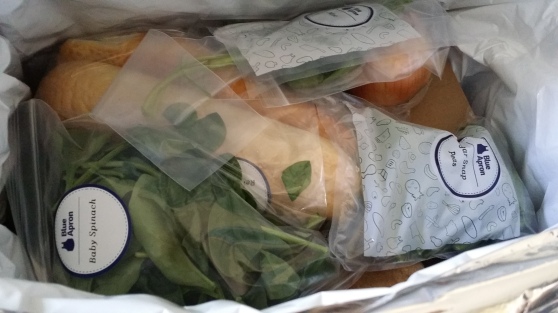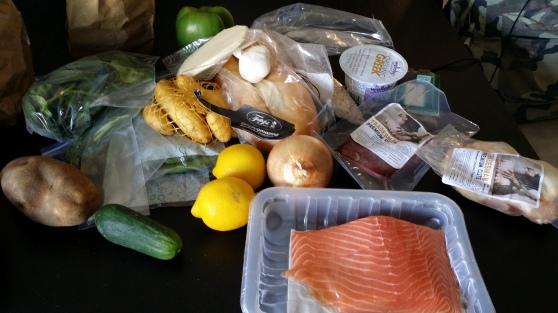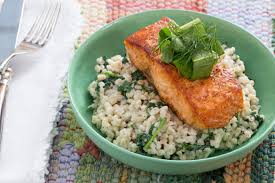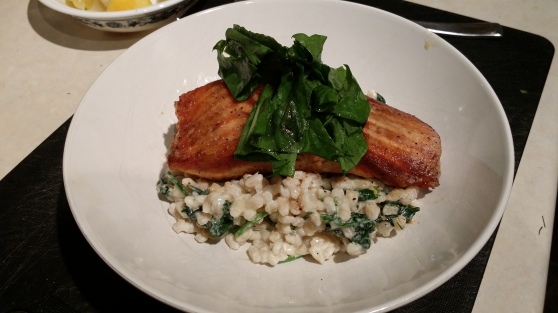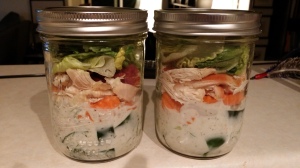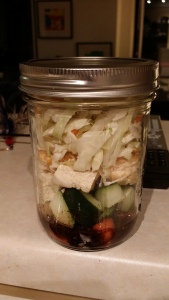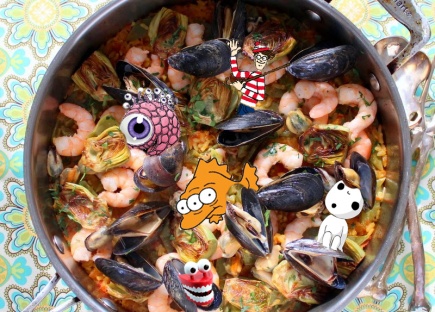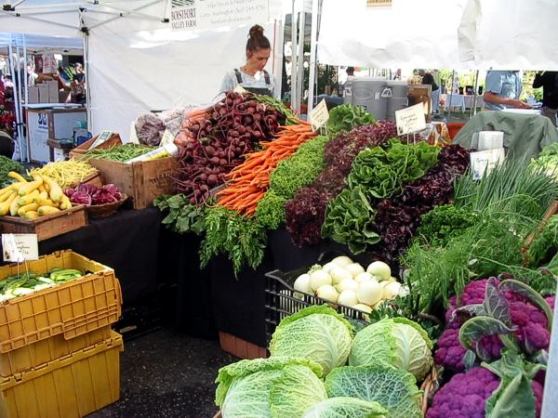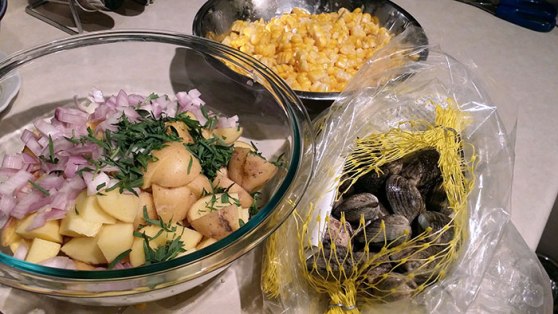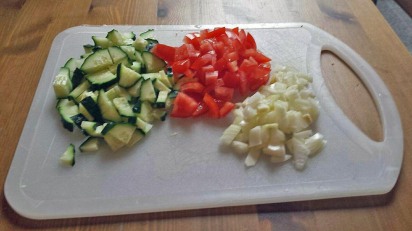To know me is to know that I could easily live off nothing but crunchy things with soft dips. Tortilla chips and salsa, Fritos with cheese dip, wavy potato chips with French onion, melba toast and spinach/artichoke dip…yum, yummy, and yummiest! But outweighing all of those dips is the king of ’em all – hummus. Give me a container of hummus and something crunchy – carrots, pita chips, multigrain crackers – and you’ve got yourself a very happy camper. And I thought I knew all there was about hummus until one fateful day when my husband informed me of a hummus so unbelievable, so fantastical that I completely thought he was making it up.
Black bean hummus with corn relish.
How did he come across such a magical-sounding concoction? A friend at work who brought said (completely fabricated?) mixture to share with his unsuspecting co-workers. After trying it, my husband raved and made the utterly firm statement that my life would not be complete without trying it too. Having never heard of said “black bean hummus” (if it even existed), I queried as to where one could get such ridiculousness. The answer came in the form of Wal-Mart. Ah-ha! We have one of those! And so I went. However, as I discovered, our local, regular-sized Wal-Mart with a pitiful “grocery” section had nothing in the way of hummus, regular or special. The disappointment was swift. So my husband bartered with his co-worker to obtain a container post haste. And eventually, this container of what I will shortly describe as pure ecstasy for the palate made it in our house.
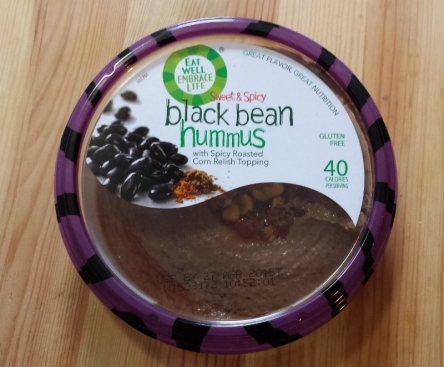
Want. NAOW PLEEZ!
Folks, I’m going to level with you. If you like hummus, if you like bean dip, if you like food that makes your head and heart swoon in joyous rapture, I urge…nay, demand! that you to seek out Eat Well Embrace Life’s Sweet and Spicy Black Bean Hummus. Know first and foremost that it is spicy, and it is sweet, and it is all delicious.
(Seriously, I literally want some right now and it’s just downstairs in the fridge and it’s all I can do to continue typing this but as soon as I’m done it’s all about the black bean hummus and there are no punctuation marks in that!)
But let’s get real for a moment. Why exactly is Eat Well Embrace Life’s Sweet and Spicy Black Bean Hummus superior in all ways to regular hummus? Well, it’s not…not really. For one, it’s not a replacement for regular hummus at your Greek or Middle Eastern meals. For those you totally want to stick with the real thing, which is magically delicious no matter how you spice it. Plus, it’s definitely got a little heat to it, so if you prefer the mild, then you might want to try Eat Well Embrace Life’s Tuscan White Bean Hummus. (Which, of course, I had to try once I found it. Bottom line: really tasty but not as quite as tasty as the black bean hummus.)
As a dip for crunchy things from both man and nature, this black bean hummus really, truly is just about the best thing going in our house at the moment. It’s thick like hummus, and has a smooth yet textured finish also like hummus. It tastes very much like what you might expect from a black bean dip — rich, earthy, and slightly smoky — except there’s that hint of heat in the background, a little peppery like hot sauce. Plus, it contains tahini like regular hummus, so there’s a slight sesame aftertaste that’s not at all terrible. Its crowning achievement though is the corn relish that resides in a ring in the center of the hummus. If you chose to scoop some of it as well (and why wouldn’t you?), you’re greeted with the sweet tastes of corn, pepper, and light fruitiness. It’s an enveloping mélange that beautifully compliments the heady hummus itself. The whole thing is so dangerously delicious that it’s easy to polish of an entire container in one sitting. And that’s one person not sharing. Try this hummus and you’ll find that you want to sing its praises with a side of “get your own!” as well.
Okay, okay, I’m gushing…a lot. So let me see if I can come up with any downsides to this hummus… Um…uh… Huh. Wait! Got one. Like with regular hummus, sometimes you’ll get a container where the oil has separated a little from the mixture. It’s not visually appealing, but a quick stir will take care of it. And if that’s the worse thing about this hummus, then maybe “worse” needs a new definition.
A couple months ago, my hummus habit completely changed when I discovered that, while the Wal-Mart provided to be only a letdown in regards to its hummus neglect, one of my local grocery stores in fact carried this delectable treat. I’ve since tried Eat Well Embrace Life’s other types of hummus, but I always return to the one and only Sweet and Spicy Black Bean. I haven’t gone back to regular hummus for snacking, and I don’t think I can at this point. The deed is done and there is no turning back.
While Cary’s happy to talk food here, she’s also pretty good at doling out words about video games at United We Game while simultaneously maintaining her own blog, Recollections of Play. You can also find an archive of fun, geeky articles from her and like-minded souls at Geek Force Network.
 In a separate bowl, first whisk some milk with 1 table spoon of flour. Add the eggs and whisk further until even consistency is achieved. Add salt, pepper and herbs to taste. I like using chives or dill, oregano or herbs de provence depending on the frittatta.
In a separate bowl, first whisk some milk with 1 table spoon of flour. Add the eggs and whisk further until even consistency is achieved. Add salt, pepper and herbs to taste. I like using chives or dill, oregano or herbs de provence depending on the frittatta. Douse the stiry-fry with the egg mix and put a lid on for approx. 10mins at medium to high heat. If the frittatta isn’t rising, increase heat. Lay a plate on top of the frittatta inside the pan, to turn it around and let the other side get some heat for another 3 minutes. The frittatta will rise considerably after you flipped it around.
Douse the stiry-fry with the egg mix and put a lid on for approx. 10mins at medium to high heat. If the frittatta isn’t rising, increase heat. Lay a plate on top of the frittatta inside the pan, to turn it around and let the other side get some heat for another 3 minutes. The frittatta will rise considerably after you flipped it around. Cut the frittatta in quarters and enjoy with some sour cream, chutney or chlli flakes on top! Bon apetito!
Cut the frittatta in quarters and enjoy with some sour cream, chutney or chlli flakes on top! Bon apetito!
